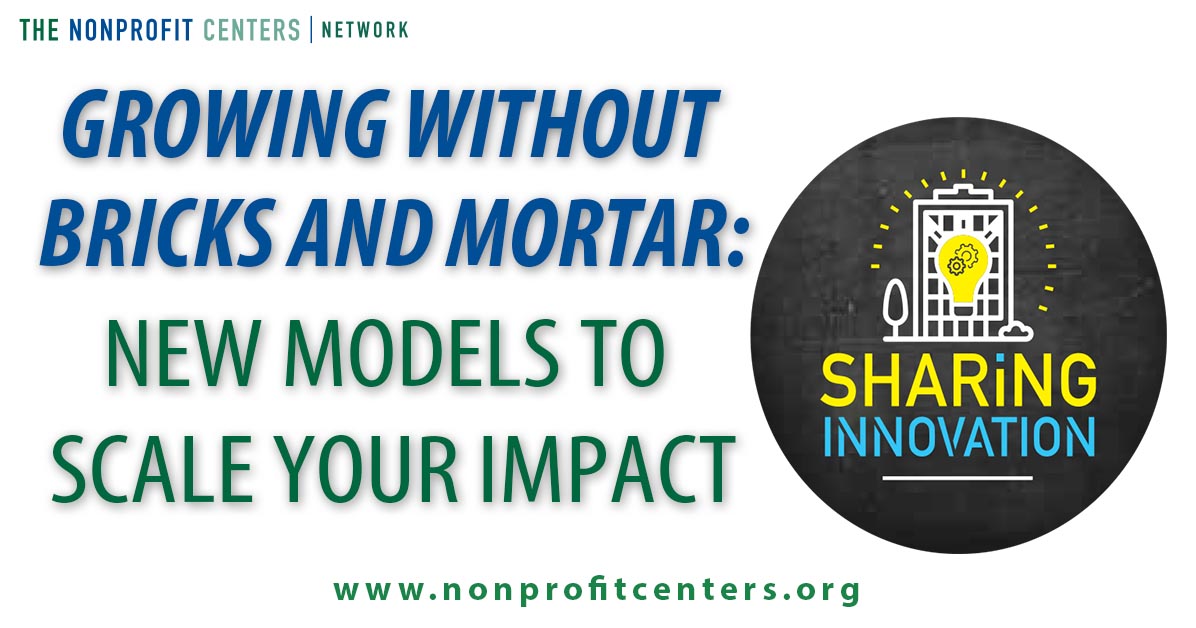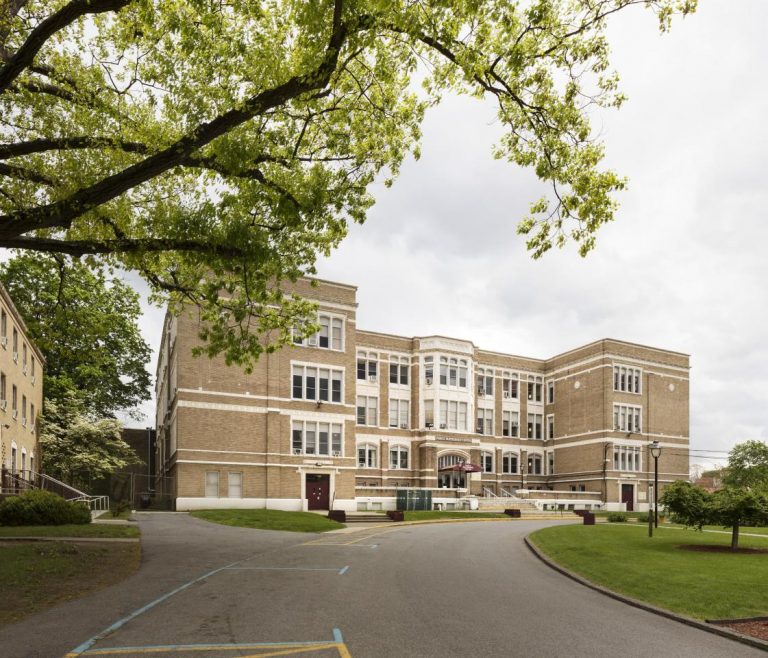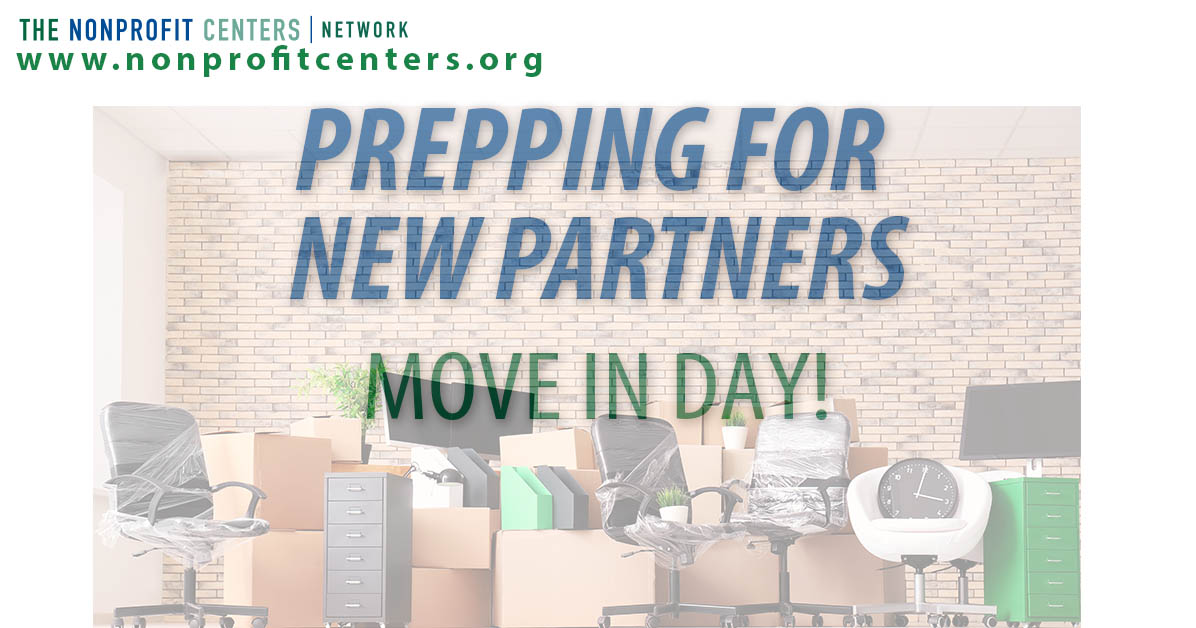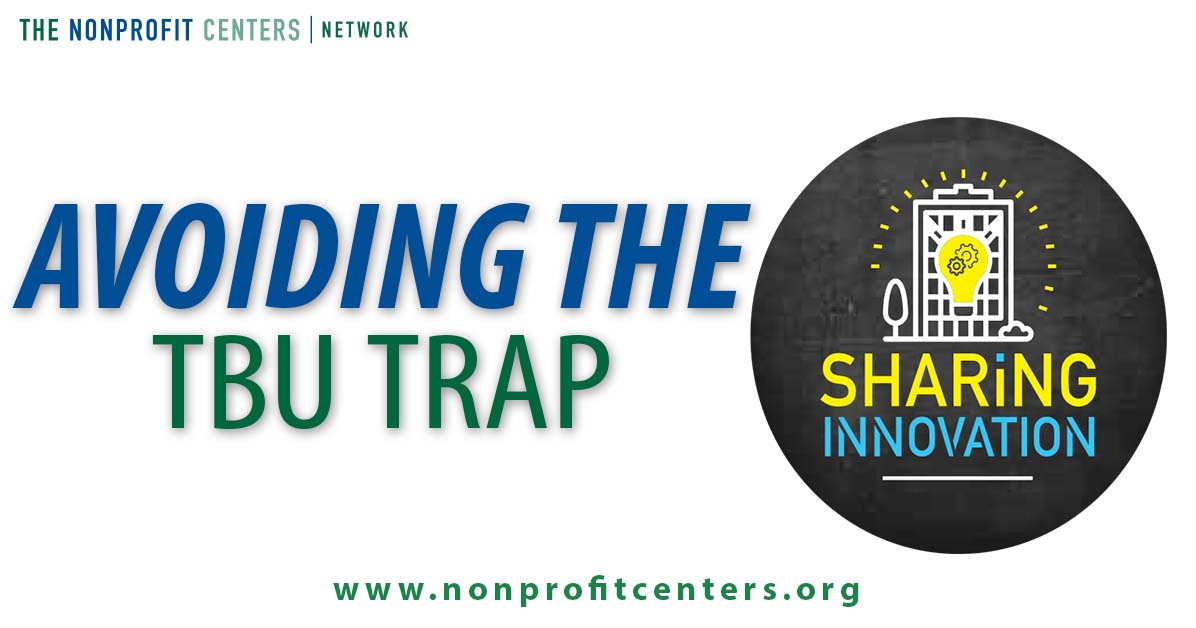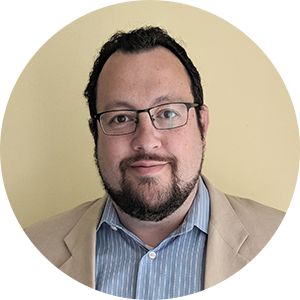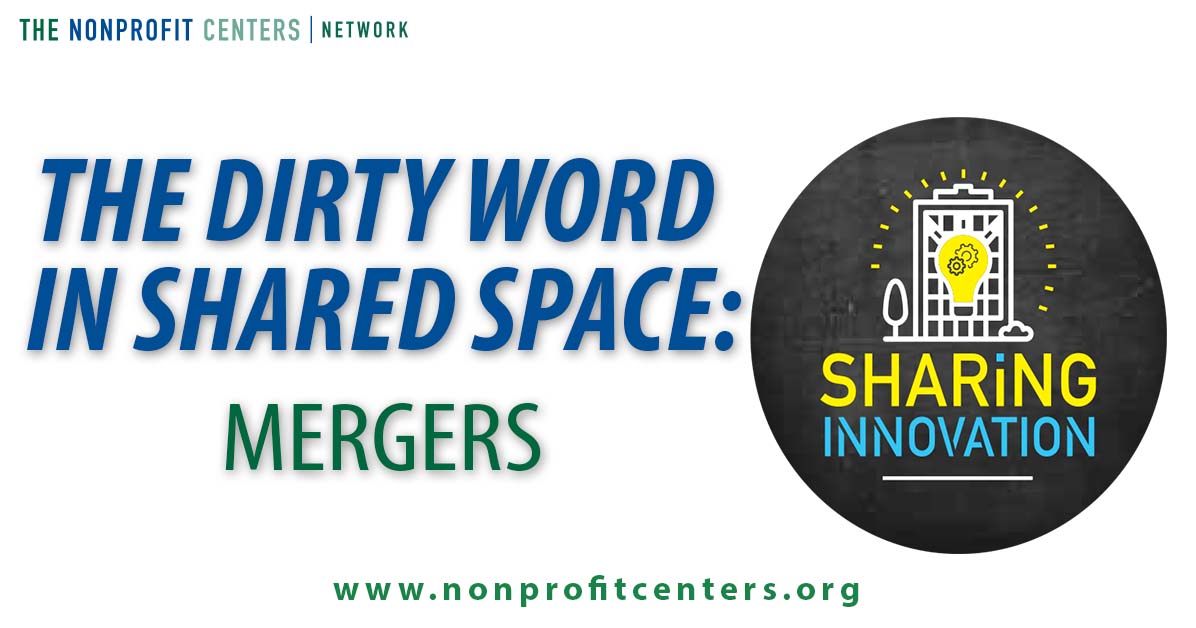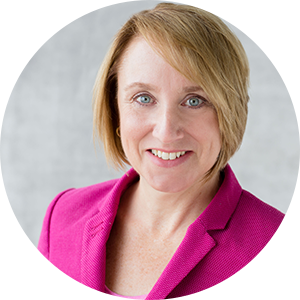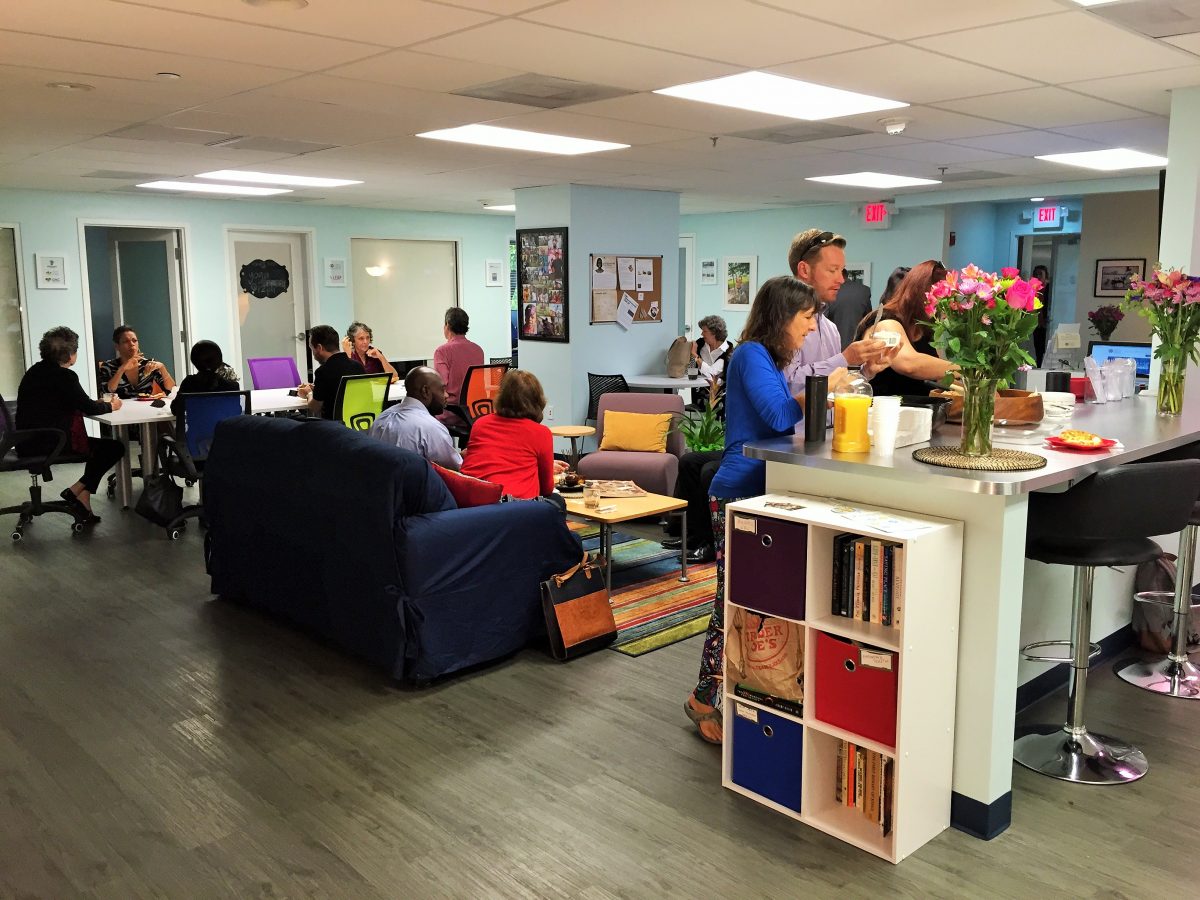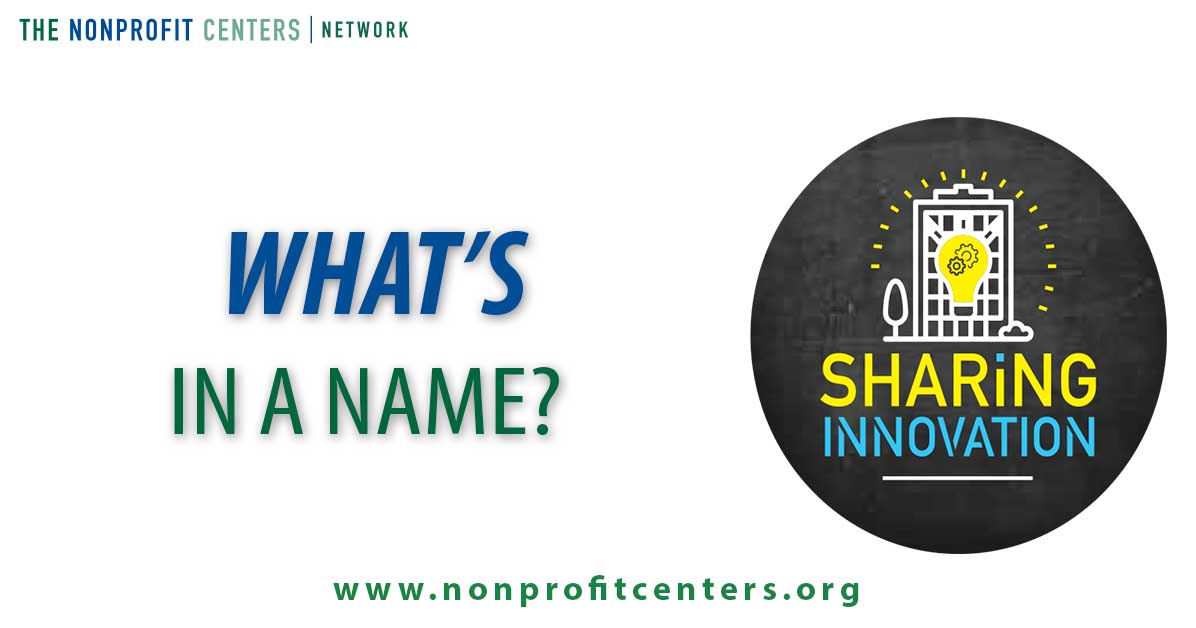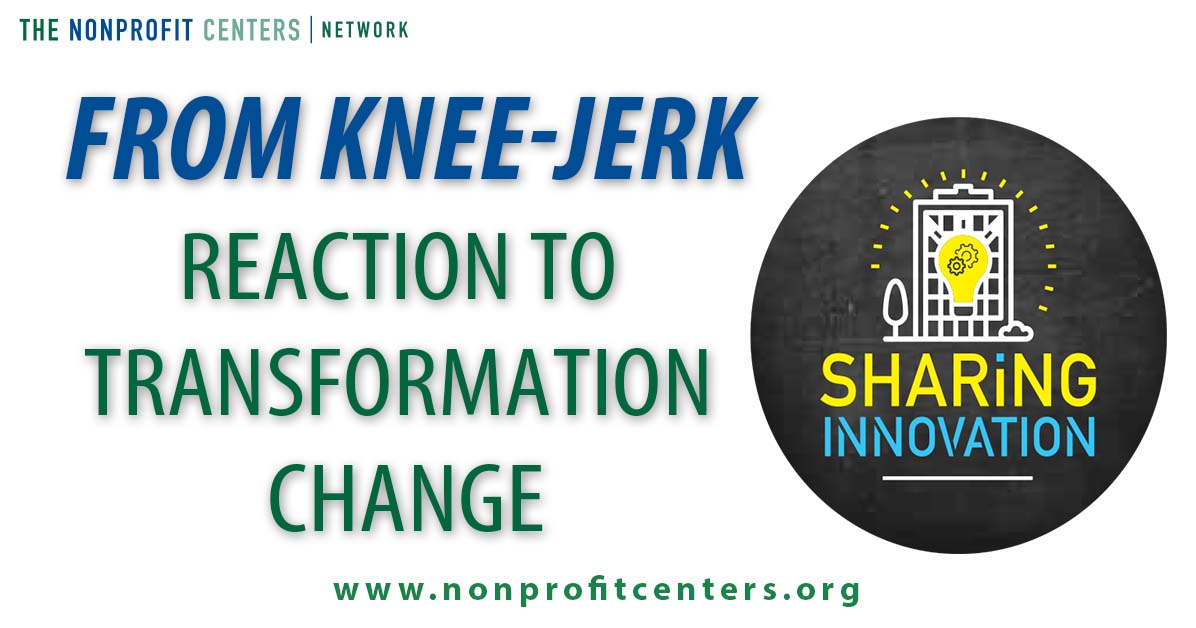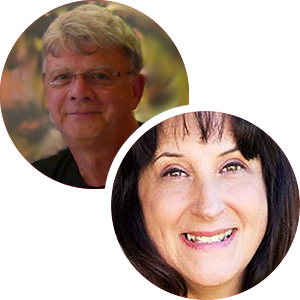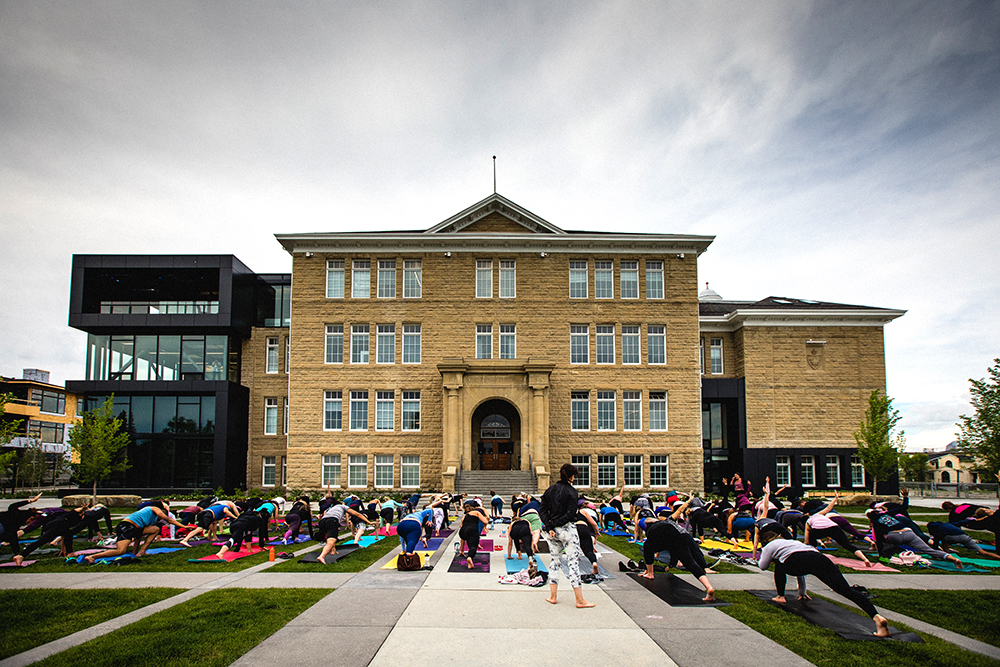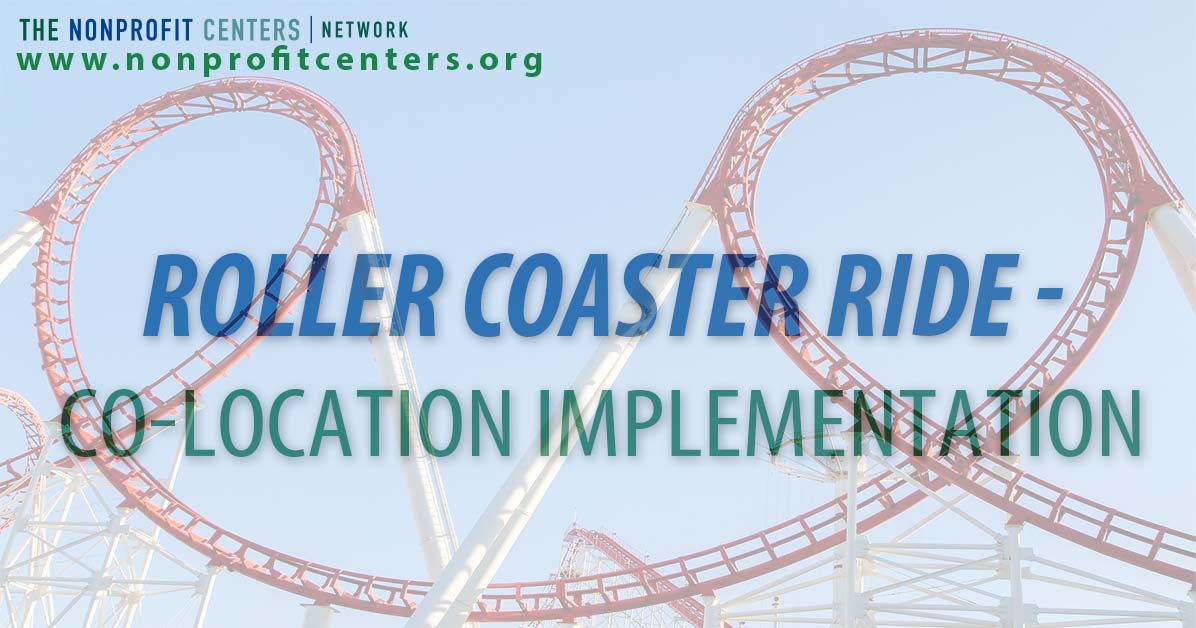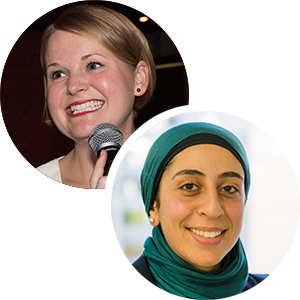
The number of commercial coworking spaces is rapidly growing across North America. These for-profit shared spaces achieve growth via a traditional and straightforward revenue model: acquire more space, serve more tenants. Yet how can and should nonprofit centers think differently about growth? At the Sharing Innovation annual NCN gathering in just a few weeks, we are both excited to share how our organizations – Tides in San Francisco and Open Gov Hub in Washington, D.C. – are each scaling their impact in a unique way, without adding more real estate. We will share our top takeaways (like how to lead with your values and leverage intangible assets), and how you can help your own center grow creatively. First, let’s start with the big elephant in the room: the meteoric rise of for-profit collaborative workspaces – an industry that is projected to grow 16% in the next five years. In Washington, D.C. this year alone, eight new commercial coworking companies have opened even though the field was already crowded with over 70 existing corporate shared spaces. WeWork, the leader in the sector, is now valued at $20 billion and promises members the opportunity to “become part of a greater ‘we’”. And WeWork isn’t alone in selling community as a key service/benefit (accessible to members as soon as they hit the “purchase” button on their membership payment). Most commercial coworking spaces seem to emphasize this as a key part of their branding. So, as operators of nonprofit centers, should we be worried about the extraordinary growth of the commercial equivalents of our shared spaces?




